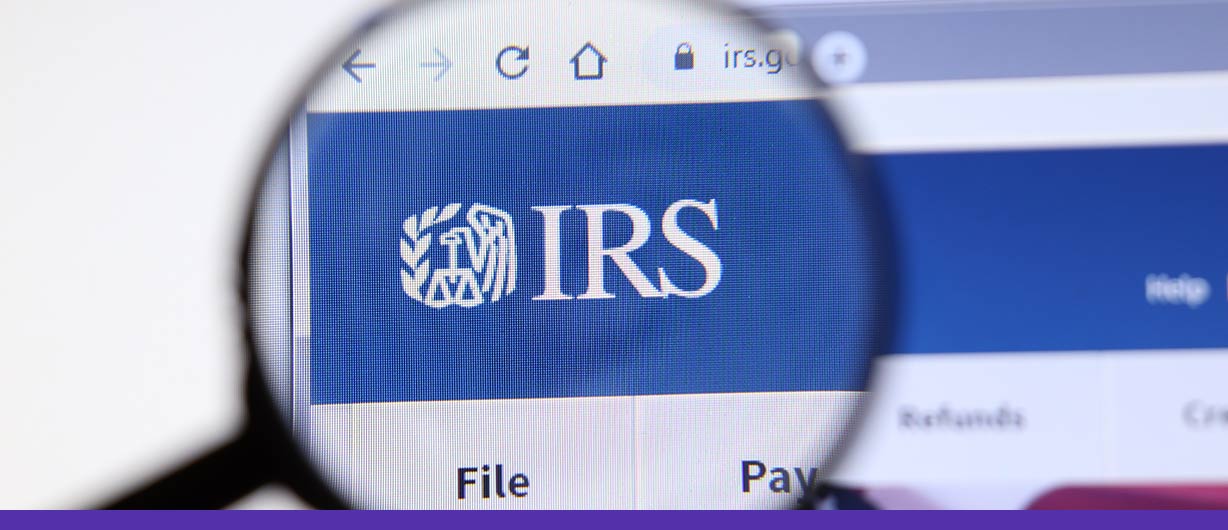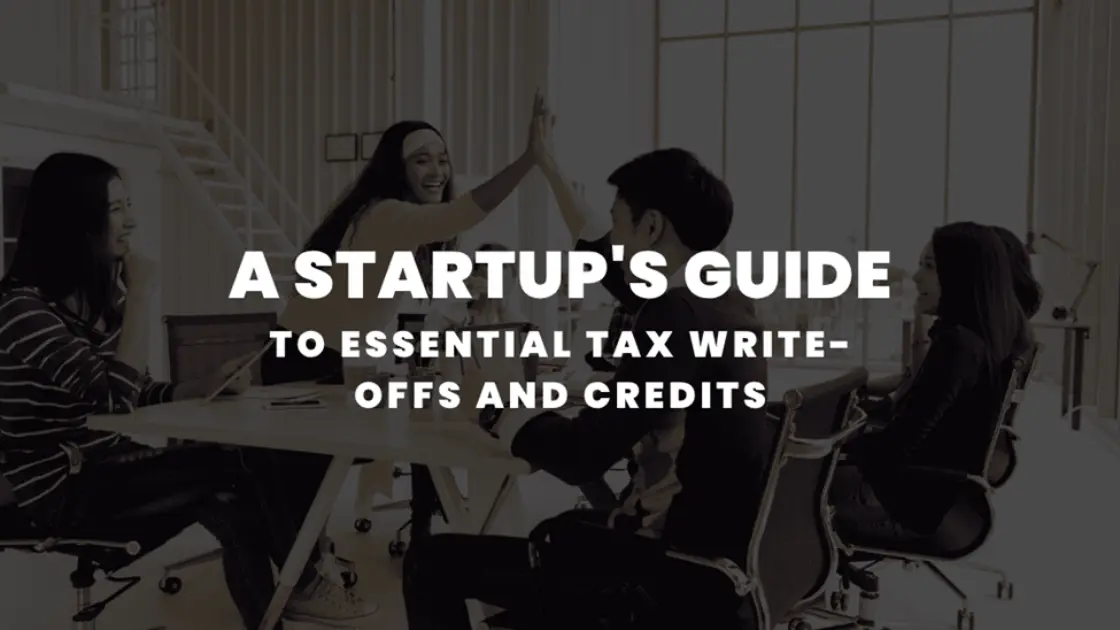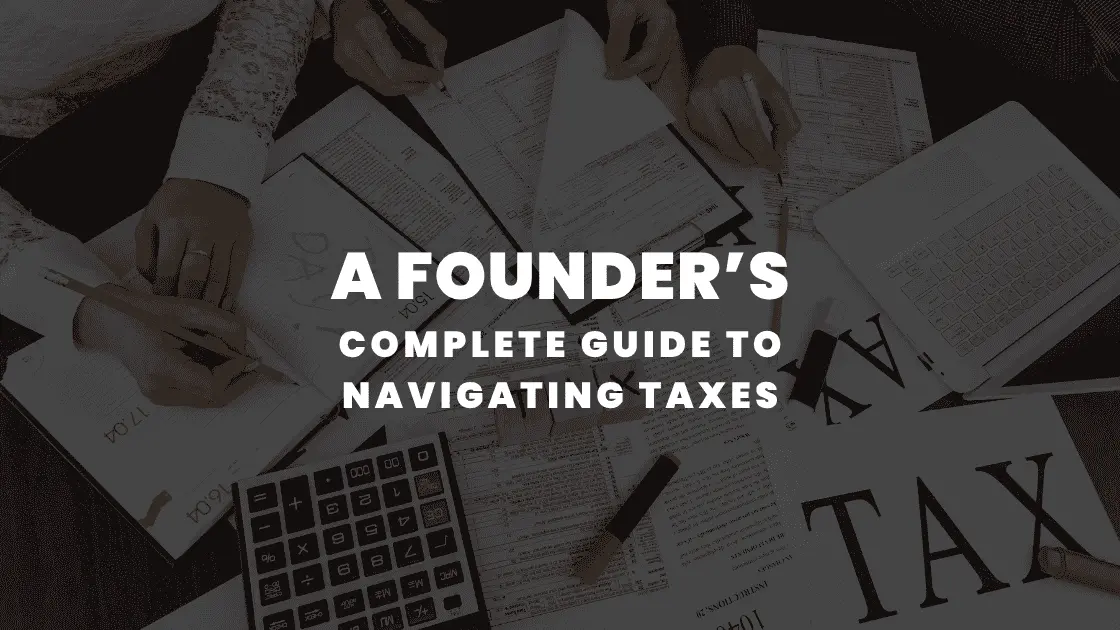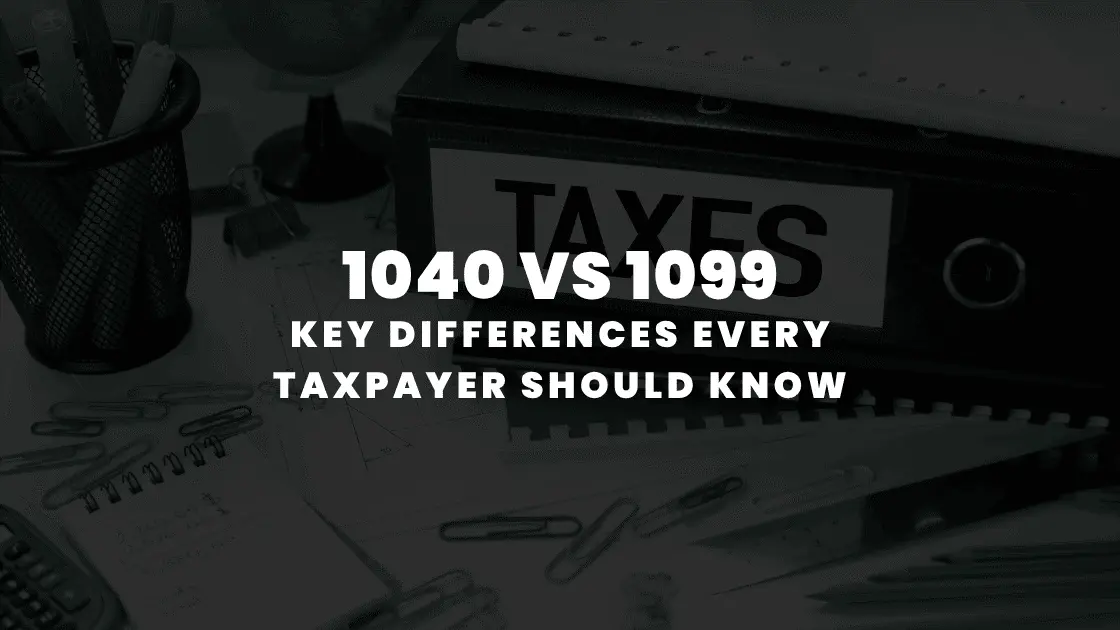June 28 2023 | By Farwah Jafri | 5 minutes Read

What is the IRS Fresh Start Program?
Which IRS Fresh Start Program is right for an individual?
1. Installment Agreement
2. Offer in Compromise
3. Penalty Abatement
4. Currently Not Collectible
How do I apply for the Fresh Start Program?
Step 1: Determine your eligibility
Step 2: Choose an initiative
Step 3: Gather documentation
Step 4: Submit your application
How do I know which Fresh Start Program initiative is best for me?
1. Identify your goals and needs
2. Research available programs
3. Evaluate program eligibility
4. Assess program features
5. Seek guidance
Conclusion
Regarding taxes, it’s common for people to catch up on their payments. The reasons for this can vary, but it’s often due to unexpected life events such as medical bills, job loss, or a family emergency. You may wonder about your options if you’ve found yourself in this situation.
One program that may be of help is the IRS Fresh Start Program. This initiative was created to make it easier for taxpayers to pay back their tax debt and avoid harsh penalties. In this blog post, we’ll take a closer look at the Fresh Start Program, how to apply for it, and how to determine which program is best for you.
The IRS Fresh Start Program is a collection of initiatives to help taxpayers struggling with tax debt. These initiatives include:
This allows taxpayers to pay their tax debt over time in monthly installments. It’s an option for those who need help to afford to pay their tax debt in full.
This is an agreement between the taxpayer and the IRS to settle the tax debt for less than the full amount owed. It is an option for those who can’t afford to pay their tax debt in full and have no other way to pay it off.
This allows taxpayers to request a reduction or elimination of penalties associated with their tax debt. It is an option for those who have a reasonable cause for not paying their taxes on time.
This option is for taxpayers who cannot pay their tax debt due to financial hardship. The IRS suspends collection activities until the taxpayer’s financial situation improves.
To apply for the Fresh Start Program, you’ll need to take a few steps:
You must meet certain criteria to be eligible for the Fresh Start Program. These criteria include:
– Owning less than $50,000 in tax debt
– Being current on your tax filings
– Having enough income to make monthly payments
You may be eligible for one or more of the Fresh Start Program initiatives if you meet these criteria.
Once you’ve determined your eligibility, you must choose which initiative to apply for. It will depend on your specific financial situation and ability to pay.
An installment agreement may be the best option if you can afford to make monthly payments. If you can’t afford to pay your tax debt in full, an offer in compromise may be the best option. If you have a reasonable cause for not paying your taxes on time, penalty abatement may be the best option. And if you can’t pay your tax debt due to financial hardship, not collectible may be the best option.
You’ll need to provide documentation to the IRS to apply for the Fresh Start Program. It may include:
– Copies of your tax returns
– Proof of income
– Bank statements
– Proof of expenses
– Any other relevant financial information
Once you’ve gathered all the necessary documentation, you must submit your application to the IRS. You can do this by mail, fax, or online.
The Fresh Start Program is a broad term that can refer to different initiatives or programs depending on the context. However, it generally aims to provide support, resources, and opportunities to people looking to make positive changes in their lives.
To determine which Fresh Start Program initiative is best for you, consider the following steps:
What changes do you want to make? Do you need help with education, job training, housing, or mental health services? Understanding your goals and needs will help you narrow down the options.
Look for programs that align with your goals and needs. You can start by checking with local community organizations, government agencies, and online resources.
Check the eligibility requirements for each program you are interested in. Some programs may have age, income, or residency restrictions.
Evaluate the features, such as the services provided, the program length, the location, and the cost. Determine if the program is a good fit for you and meets your needs.
Talk to a trusted friend, family member, or professional counselor for advice and guidance on which program may be best for you. They may have insights that can help you make a more informed decision.
The IRS Fresh Start Program offers several options for taxpayers struggling to pay taxes. These options include an Offer in Compromise, Installment Agreement, and Penalty Abatement. Each option has its own eligibility requirements and application process, but all are designed to make it easier for taxpayers to pay their taxes and reduce their debt to the IRS. Researching and evaluating your options will help you make an informed decision that can set you on a path to achieving your goals.
Also Read: Tax Season 2023: Understanding Standard IRS Mileage Rates
Subscribe for business tips, tax updates, financial fundamentals and more.
MORE BLOGS

Starting a business is exciting, right? There’s innovation, there’s growth potential, and the thrill of building something from scratch. But amid all the planning, entrepreneurs often […]
Learn More →
Starting a business is quite thrilling, until tax season arrives. For founders, understanding the nitty gritty of startup taxation can make a difference between financial efficiency […]
Learn More →
Tax season can be overwhelming, especially when you’re staring at multiple forms with numbers instead of names. Two of the most common, and often misunderstood, are […]
Learn More →